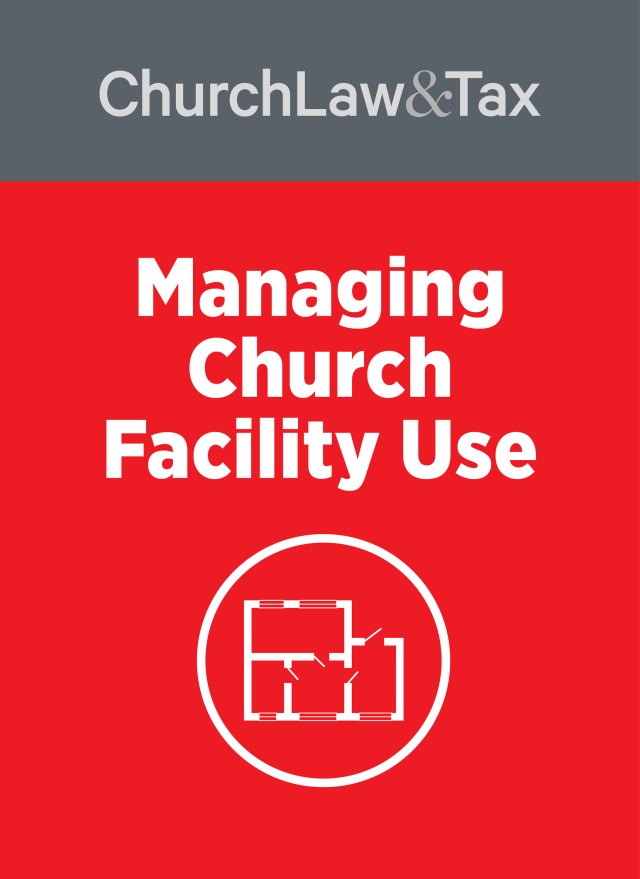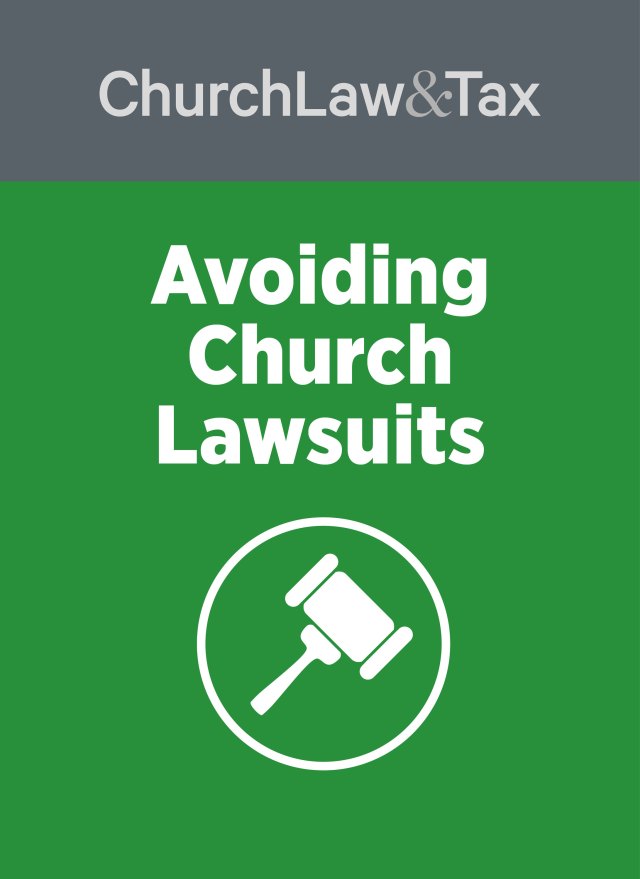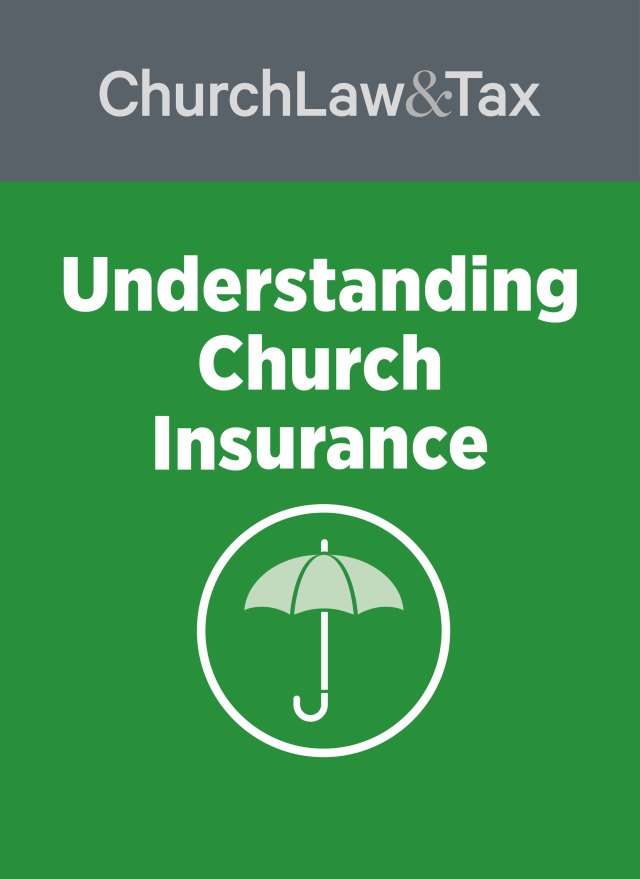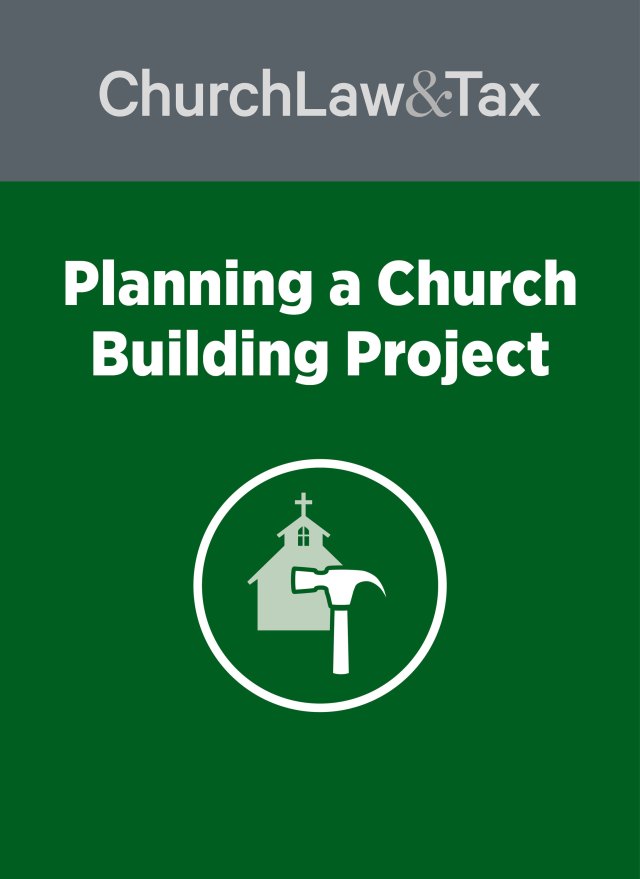Church Property
Key point. Congress enacted the Residential Lead-Based Paint Hazard Reduction Act of 1992 to reduce lead-based paint hazards in housing. The Act requires the disclosure of any known lead-based paint or any known lead-based paint hazards in housing constructed before 1978 that is offered for sale or lease. There are no exceptions for churches or other nonprofit organizations. Church leaders need to be aware of these requirements whenever they sell or lease church-owned residential property. Failure to comply can result in substantial liability, including “triple damages.”
* A Pennsylvania court ruled that a painting contractor could be liable on the basis of negligence for injuries sustained by the young children of a pastor who were exposed to lead paint dust and chips as a result of the contractor’s negligent work. A church entered into a contract with a contractor to repaint portions of the church parsonage. The church’s pastor and her husband and minor children lived in the parsonage. The church claimed that chips and dust from lead paint, produced by the contractor while repainting the parsonage, contaminated the interior and exterior of the parsonage causing property damage and personal injury to the pastor’s three minor children. The church did not claim that the contractor was on notice of the existence of lead paint prior to commencing work. The contract did not indicate that the parsonage was previously painted with lead paint, nor did it state that the contractor was to remove any lead paint hazard. The church sued the contractor for breach of contract and negligence. A trial court dismissed the case, and the church appealed.
breach of contract
The court rejected the church’s breach of contract claim. It observed, "Absent from the express terms of the contract … is any language creating a duty to abate the lead paint in the parsonage. The abatement of lead paint was therefore not an expectation of either party to the contract. The contract merely stated [the church’s] expectation that they would pay approximately $25,000, and in return [the contractor] would repaint portions of the parsonage. To charge the contractor with the abatement of the lead paint and the damages caused by the lead paint chips and dust would, in contravention of contract law, place the church in a much better position than its original expectations."
negligence
The church claimed that the contractor should be liable for the injuries to the pastor’s children because of its negligence in performing the work. In particular, the church asserted that the contractor "improperly burned, chipped, sanded and removed lead paint and failed to seal the doorways, windows and walkways in connection with the painting services performed." The court concluded,
A home remodeling contractor is negligent when, in the course of remodeling, the contractor uses his/her judgment as to the safety of a procedure and the house is damaged due to that procedure. [The contractor] was contracted … to paint portions of the parsonage. In performing the duties set forth in the contract, it released lead paint chips and dust into the air. It was aware that [the pastor’s family] would be affected by the chipped and sanded paint. Therefore, it is for the jury to assess the contractor’s judgment as to the chosen method of chipping and sanding the old paint …. Painters, as contractors, owe a legal duty not to injure others by creating dangerous conditions in performing their services …. The possibility that chips and dust may contaminate the surroundings is clearly a normal, foreseeable, and expected incident of doing business. This risk can and should be reduced to manageable proportions by prophylactic measures (such as drop cloths and closed windows and doors) and careful cleanup …. If, in fact, the jury finds that the contractor improperly scraped and sanded the old paint, failing to reduce the common hazard of lead contamination and thus creating a dangerous condition, it breached its duty as a contractor and may be found liable in negligence.
Consider the following:
1. From the year 1900 through the 1940’s, paint manufacturers used lead as a primary ingredient in many oil-based interior and exterior house paints. Usage gradually decreased through the 1950’s and 1960’s, as largely lead-free latex paints became more popular. Although the federal government banned lead-based paints from residential use in 1978, the federal Environmental Protection Agency (EPA) estimates that 83 percent of the privately owned housing units built in the United States before 1980 contain some lead-based paint. By these estimates, approximately 64 million homes may contain lead-based paint that may pose a hazard to the occupants if not managed properly.
2. Whenever a church-owned home constructed before 1978 is painted, church leaders should be alert to the possibility of lead poisoning caused by exposure to paint dust and chips. Children are the most vulnerable to lead poisoning. As a result, appropriate measures must be taken to eliminate this hazard during the painting process. Contact local health officials for recommendations on the safe removal and handling of lead-based paint. If a contractor is hired to do the painting, be sure that the contractor’s responsibility to safely remove lead paint is set forth in a contract. Also, be sure the contractor has experience in the safe removal of lead-based paint.
3. Many children are poisoned each year by eating lead-based paint. In at attempt to address this problem, Congress enacted the Residential Lead-Based Paint Hazard Reduction Act of 1992. The Act established standards necessary to reduce lead-based paint hazards in housing. The Act requires the EPA to promulgate regulations for the disclosure of any known lead-based paint or any known lead-based paint hazards in housing constructed before 1978 that is offered for sale or lease. There are no exceptions for churches or other nonprofit organizations. Church leaders need to be aware of these requirements whenever they sell or lease church-owned residential property. Failure to comply can result in substantial liability, including “triple damages.” These regulations, and their application to churches, are addressed fully in a feature article ("Lead-Based Paint on Church Property") in the March-April 2000 issue of this newsletter. The Reformed Church of the Ascension v. Theodore Hooven & Sons, Inc.,764 A.2d 1106 (Pa. Super. 2000).
© Copyright 2002 by Church Law & Tax Report. All rights reserved. This publication is designed to provide accurate and authoritative information in regard to the subject matter covered. It is provided with the understanding that the publisher is not engaged in rendering legal, accounting, or other professional service. If legal advice or other expert assistance is required, the services of a competent professional person should be sought. Church Law & Tax Report, PO Box 1098, Matthews, NC 28106. Reference Code: m27 m69 c0102




